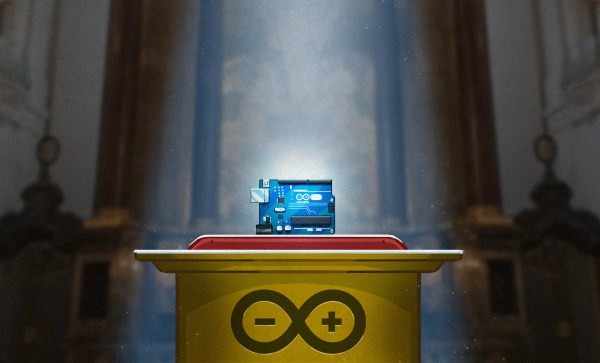Hard times indeed must have fallen upon the lawyers of the American mid-west, for news reaches us of a possible class-action lawsuit filed in Chicago that stretches the bounds of what people in more gainful employment might consider actionable. It seems our legal eagles have a concern over the insufficient dimensions of their wood, and this in turn has caused them to apply for a class action against Home Depot and Menards with respect to their use of so-called nominal sizing in the sale of lumber.
If you have ever bought commercial lumber you will no doubt understand where this is going. The sawmill takes a piece of green wood straight from the forest, and cuts it to a particular size. It is then seasoned, either left to dry out and mature in the open air or placed in a kiln to achieve the same effect at a more rapid pace. This renders it into the workable lumber you expect to use, but causes a shrinkage of the wood that since it depends on variables such as moisture can not be accurately quantified. Thus a piece of wood cut by the sawmill at 4 inches square could produce a piece of seasoned lumber somewhere near 3.5 inches square. It would thus be sold as having only a nominal size of 4 inches This has been the case as long as commercial lumber has been produced, we’d guess for something in the region of a couple of centuries, and is thus unlikely to be a surprise to anyone in the market for lumber.
So, back to the prospective lawsuit. Once the hoots of laughter from the entire lumber, building, and woodworking industries have died down, is their contention that a customer being sold a material of dimension 3.5 inches as 4 inches is being defrauded a valid one? We are not lawyers here at Hackaday, but we’d expect the long-established nature of nominal lumber sizing to present a tough obstacle to their claim, as well as the existence of other nominally sized products in the building industry such as rolled steel joists. Is it uncharitable of us to characterise the whole escapade as a frivolous fishing exercise with the sole purpose of securing cash payouts? Probably not, and we hope the judges in front of whom this is likely to land agree with us.
If you have any thoughts on this case, especially if you have a legal background, we’d love to hear from you in the comments.
Sawn lumber image: By Bureau of Land Management (Oregon_BLM_Forestry_10) [CC BY 2.0].

















